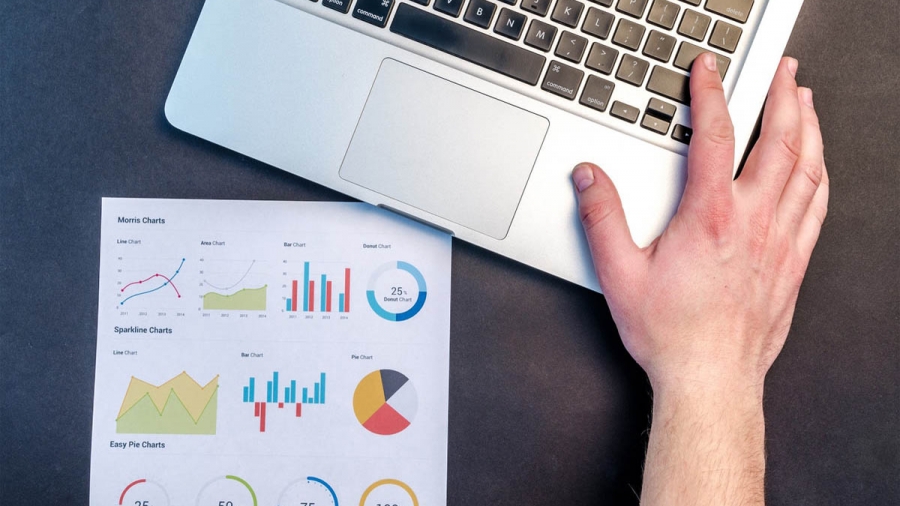As a leading expert in the field of (big) data solutions, we help develop the technologies that are going to shape our future. In this blog we discuss the future of healthcare, which will become more customer friendly and efficient as we learn to leverage the power of data streaming.
A peek into the future
A patient walks into the clinic or a hospital. He suddenly started feeling ill during his holiday and an online consult with his own physician has resulted in the advice to see a GP locally. He goes to the GP, who has already received his patient file and the information from the consult with his own physician. Upon inspection, the GP refers our patient to the hospital to get further examination. When he does, the hospital is already aware of who he is, what his symptoms are and any other conditions they should be aware of. This means the hospital is already aware of the patient’s allergy to penicillin, even if he forgets to mention it himself. After being examined (using an MRI scan, amongst other equipment) the patient is swiftly diagnosed. Luckily, his condition does not require a stay in the hospital. He receives his treatment and is sent on his way with a prescription and a healthcare wearable to monitor his condition remotely. When he arrives back home, his practitioner is aware of everything and takes over care from the hospital. Additionally, a refill of his medication is already ready at his local pharmacy for pickup. Even though different institutions and people were involved in the care of this patient, he experienced a seamless medical journey.
Enabled by data streaming
The seamless healthcare journey our patient experiences, is made possible by data streaming solutions enabling seamless data-driven collaboration. Take a look behind the scenes:
- Solutions for patient records in a secure manner ensure that healthcare practitioners already know vital information about patients and their symptoms when they arrive. This makes care more personal, efficient and safe. It also makes it easy for our patients to switch between healthcare practitioners.
- Our patient doesn’t know it, but the MRI machine used to examine him is part of a healthcare equipment sharing programme. This means that the MRI machine is also used by other healthcare providers and the MRI images are securely streamed to the appropriate institution. This makes healthcare equipment more affordable for smaller institutions. Solutions for handling this type of MRI imaging data responsibly are required to bring such equipment sharing programmes to life.
- The healthcare wearable our patient wears continuously monitors his biometric data and streams this data to his healthcare practitioner. A solution dedicated to processing and responding to this real-time data allows healthcare practitioners to respond to any warning signals before our patient even notices them.
- During this visit, our patient has caused plenty of treatment and administrative data to be generated. After leaving the hospital, this data is stored anonymously and used to improve care in the future. Solutions for processing and analysing large amounts of data are incremental for doing this in an efficient manner. Using a solution like the Datastreams platform, this data can also be shared with other healthcare institutions to improve R&D and enable faster healthcare innovation.
The future is not here yet, but we’re moving towards it every day. Ready to move towards the future with us? Read more about how our Datastreams Platform can help healthcare institutions here.



 Feel free to contact me, and I will be more than happy to answer all of your questions.
Feel free to contact me, and I will be more than happy to answer all of your questions.